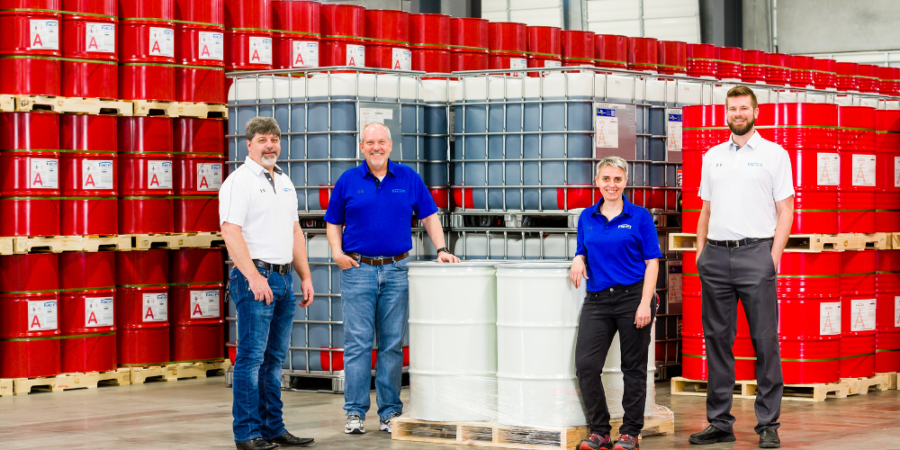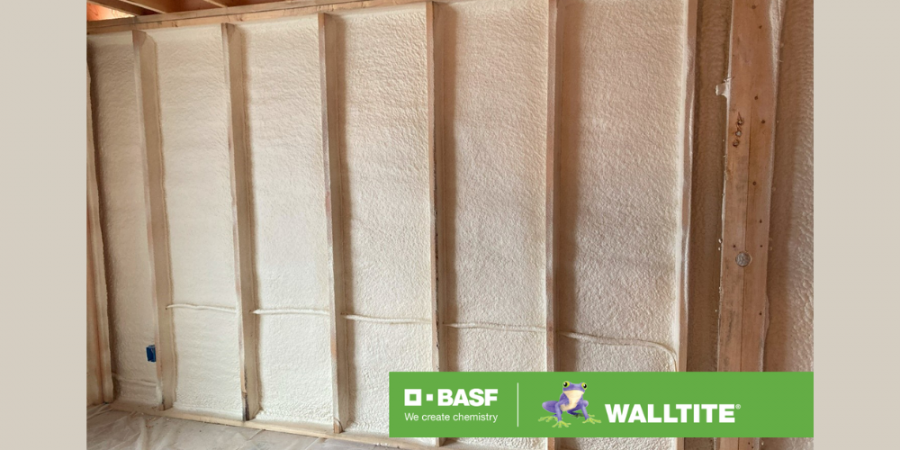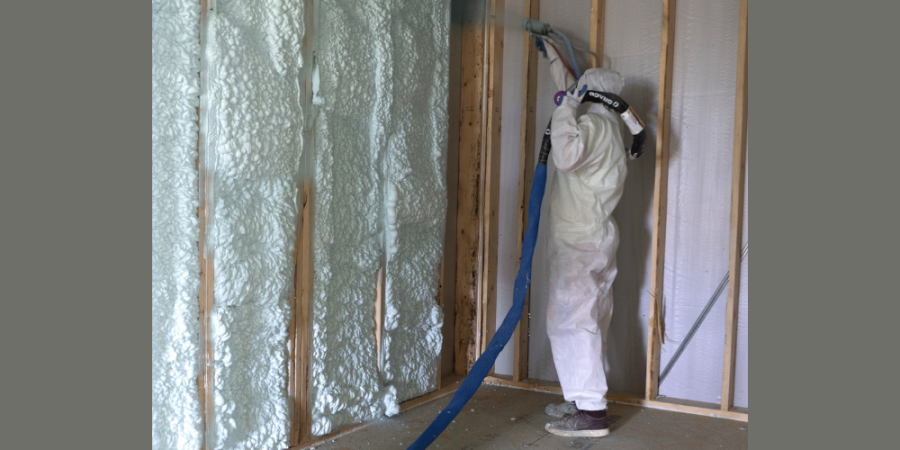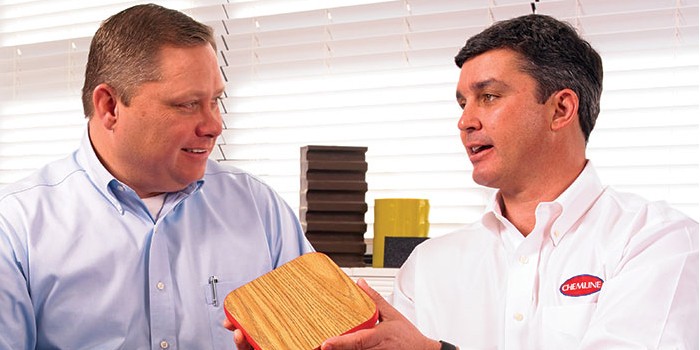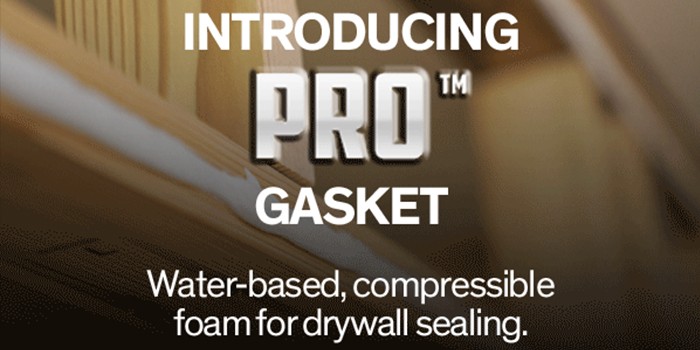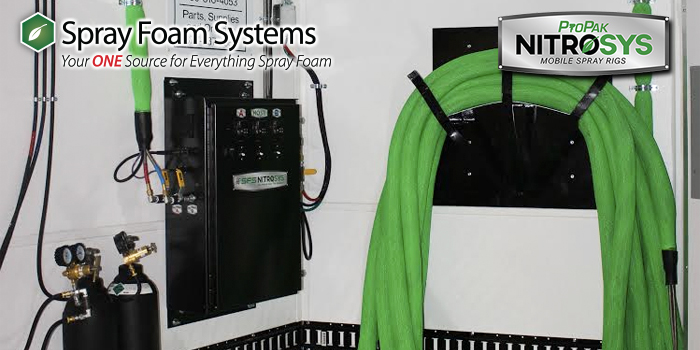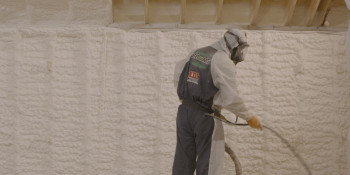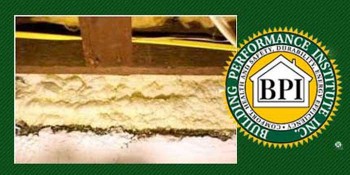From Foil to Foam


Spray Foam Magazine – Summer 2025 – Researchers at the Fraunhofer Institute for Applied Polymer Research IAP have developed a foil that changes into polyurethane foam (PU foam) when heated – entirely without health risks. The foil allows for isocyanate-free foaming, thus improving workplace safety.
Additionally, it offers logistics advantages for storage and transportation. The material can be customized for various applications ranging from the automotive and construction industries to packaging. The new foil foams when exposed to heat, changing into a polyurethane foam. No isocyanates are released in the process.
Anyone familiar with the spray foam industry will be aware of ongoing discussions about polyurethane (PU) foam, particularly the role of isocyanates—essential components in the chemical process that forms PU. While some attention has been given to handling these substances responsibly, continued innovation is leading to alternative approaches.
Dr. Thorsten Pretsch, head of the Synthesis and Polymer Technology research division at the Fraunhofer Institute for Applied Polymer Research (IAP) in Potsdam Science Park, is exploring new solutions in this area. "Our foil enables isocyanate-free foaming. It minimizes health risks in the workplace and improves occupational safety, especially for on-site applications such as in the construction industry," emphasizes Dr. Pretsch.
Strict PPE regulations are crucial when managing isocyanates sensitizing effect on the respiratory tract, eyes, and skin. Symptoms can develop immediately after breathing in isocyanate vapor or mists but can also appear later outside working hours.
Early signs of respiratory issues caused by isocyanates include one or more of the following:
- chest tightness
- persistent cough
- wheezing
- breathlessness
- flu-like shivers
- recurring blocked or runny nose
- recurring sore or watering eyes
The newly developed foil converts into polyurethane (PU) foam solely through the application of heat, without undergoing any chemical reaction. This innovative approach, pioneered by the research team, introduces a novel foam production method known as thermal foaming. The resulting product, called FOIM, is a fusion of the words “foil” and “foam.”
The material is a shape memory polymer and is clever in the way it can return to its original shape after being contorted. An external source such as heat, can trigger this shape memory effect. For the foil, the researchers synthesized a polyurethane foam and then compressed it. At a temperature of 60 degrees Celsius, the foil expands from 2.5 millimeters thick to a foam of 40 millimeters thickness – an expansion by a factor of 16. This method resulted in a soft-elastic PU foam with a density of 80 kilograms per cubic meter.
Industrial manufacturing often uses polyurethane foams as uniform, prefabricated product in cut form. Allowing mass production yet upholding quality. However, polyurethane foams take up a lot of volume. "Our foil saves space during transport and storage," emphasizes Dr. Pretsch. It is only when heated to 60 degrees Celsius that the foil foams up. "These benefit industries that are looking to reduce logistics costs and those where low transport volume is desirable, such as the aerospace industry," says the research scientist.
Low-density PU foams are used in many industries like, furniture upholstery, vehicle interiors where they are used for insulation or cladding, the packaging industry, and in the construction industry PU foams backfill joints.
Application tests for filling hollow cavity structures with the new foil were successful. When heated, the material foamed almost entirely, and even in multifaceted geometric shapes. According to researchers, the foil is also suitable for use in bonding and joining technology. Researchers also established that two objects can be fixed in place by foaming a cavity between them.
The pioneering material properties are also variable with the research scientists able to individually regulate the flexibility and transparency of the foil before foaming. This also relates to the density, thermal conductivity, elasticity, and compression properties of the foam. "We adapt the properties of the material to the technical requirements of different applications. From car interiors to medical treatments and the protection of fragile goods," concludes Dr. Pretsch.
The research is published in the journal Macromolecular Rapid Communications. https://onlinelibrary.wiley.com/doi/10.1002/marc.202401103
Disqus website name not provided.





